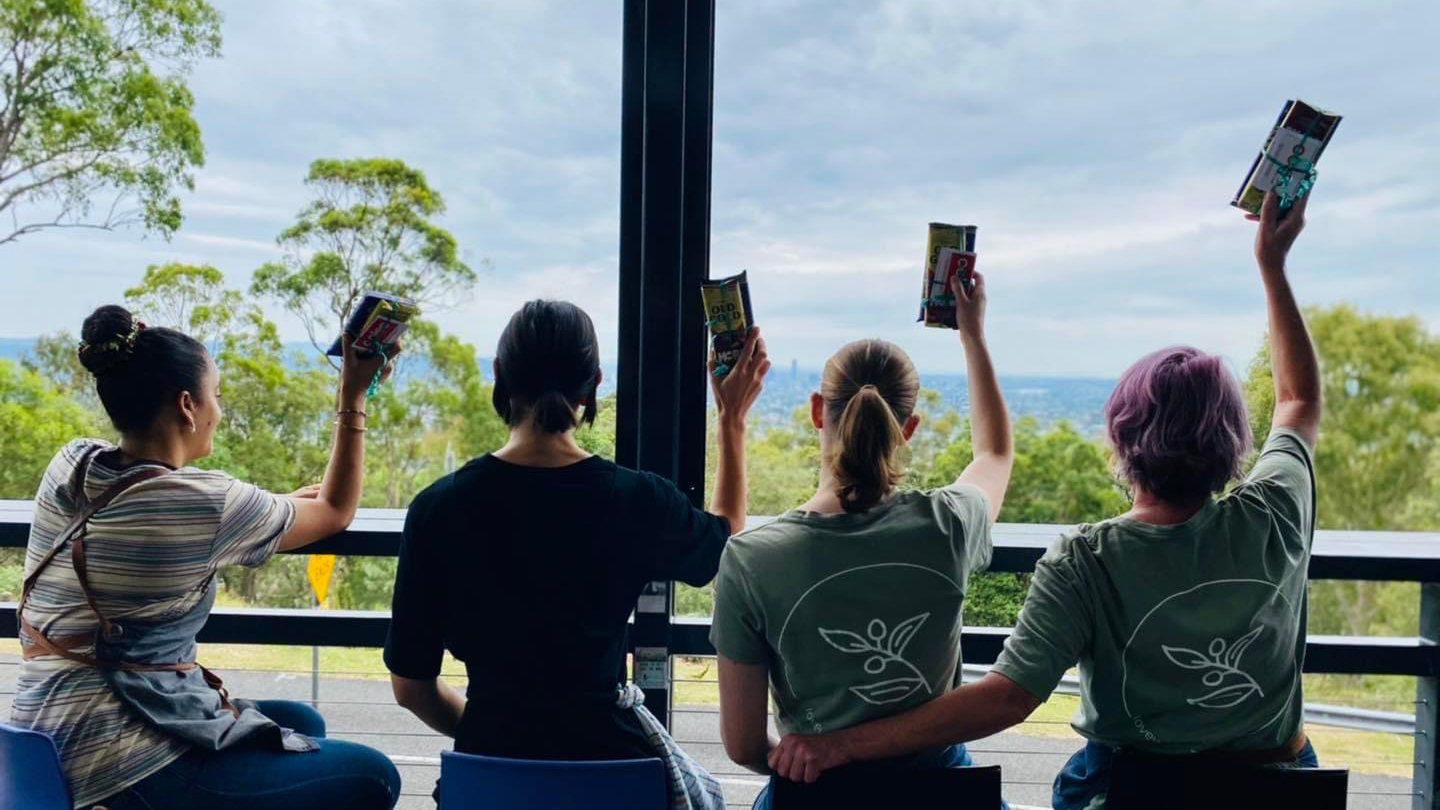Pre-Covid, international education was a major contributor to the Australian economy, and according to the Australian Bureau of Statistics contributed over $37.4 billion to the Australian economy in 2019, with Chinese students accounting for approximately 20% of total enrolments in 2019 alone. The past two years of Covid border restrictions severely affected the sector, and now that our borders are finally reopening in earnest, China Risk is looming large and raises the question of where and how Australia’s future cohorts of international students will be attracted to our shores.
International students are a boon to the Australian economy. Since 1986 when Australia first welcomed full fee-paying international students, the country has cemented its place as one of the “Big four” anglophone study destinations globally. Over 950,000 students were studying in Australia in 2019 before the pandemic and between 2014 -19 Australian international student volumes steadily increased at a compound annual growth rate of 13.9%. Whilst Australia’s strict pandemic border controls were successful at protecting the country during the wait for widespread vaccine uptake, they were catastrophic for international education. International student commencements fell a substantial 21.9% in 2020, and international student numbers in the country continued to fall a further 17% in 2021 to 572,626, many of whom were studying online offshore.
The rebound is now well underway. Australia reopened its borders to international students on the 15th of December 2021 and fully reopened for other travellers on 21 February 2022. This is good news for Australia because beyond the obvious tuition receipts, which in 2019 accounted for around 27.3% of university revenue, international students contribute to Australia in myriad other ways.
The first is student spending on the ground while here in Australia. International students need housing to live in, cars to drive and meals to eat, along with the plethora of products and services they consume between lectures and library sessions. It is estimated that international students contributed an additional $27.3 billion to the Australian economy in 2019 – a multiplier of 2.8x over every dollar of tuition spend.
International students are also critical contributors to our labour market, both through part-time work during studies, and as qualified workers fulfilling our migration needs post-graduation. In between study-breaks and late-night Fortnite sessions, international students often contribute to small and large Australian businesses in ways that keep our economy ticking along – and their absence has been sorely noted in the service economy over the past 24 months.
When it comes to skilled labour, international students are a natural choice to meet our inbound migration needs. International education is a well-established path for individuals seeking a new beginning and expanded opportunity set, and as we plot the mix of Australia’s future generations, who better to welcome into our multicultural tapestry than the young, educated individuals that have selected Australia for their tertiary studies. Reports abound of chronic skills shortages across just about every industry in Australia right now – migration is the only viable option to address these desperate needs in the near (ish) term. The Business Council of Australia has called for a sharp increase in the migration intake over the next few years, arguing it is key to fixing the critical labour shortage problem that Australia faces.
Beyond their positive financial and economic impact, international students provide a valuable cultural contribution to life in Australia—whether that is sharing new experiences and perspectives in classroom discussions and workplaces, or introducing new cultural ideas, culinary concepts or personal perspectives in our communities more broadly. International students add to the vibrancy of our cities and the continued evolution of what it means to be Australian.
Over the last decade, China’s appetite for international education has outpaced all other countries, making it the largest source for international students not just in Australia, but globally. Australia’s top universities have played into this thematic; welcoming Chinese students into their programmes, establishing transnational education facilities in China, and becoming highly dependent on Chinese tuition payments to bolster their P&L. This no doubt made sense at the time; China’s demand for high quality Australian international education was seemingly insatiable, China provided many high quality student candidates, and Chinese families were generally less price-sensitive than their counterparts from other geographies.
However Australian universities’ over-reliance on China is beginning to look shaky. Xi Jinping is pursuing a zero-Covid strategy that restricts movements within and outside of China due to the combination of a relatively unvaccinated elderly population, a lack of Omicron-effective Chinese mRNA vaccines (and reluctance to rely on foreign vaccines), and a desire to avoid major catastrophe heading into the 20th People’s Congress in the second half of 2022. Meanwhile, China’s political posturing towards Russia’s Ukraine invasion, the potential read across to “One China” policy in Taiwan and Hong Kong, continued incursions in the South China Sea, and China’s rising influence in the South Pacific are all coalescing into major geopolitical risk for Australian universities dependent on Chinese international students.
So how will universities make up for the potential absence of Chinese students? Where will they come from? And how can our leading universities ensure they don’t just trade one flavour of highly concentrated geopolitical risk for another?
Australian universities simply won’t have the time or resources required to rapidly reposition their outreach offices across multiple disparate locations simultaneously. They would be well placed instead to leverage the services of International Student Recruitment Agents, who help international students looking to study at foreign universities. One such operator is AECC Global, headquartered in Melbourne, with offices across 14 countries and 39 locations globally, and which recently received an injection of growth capital from Milford’s Private Equity III Fund. Student recruitment agencies like AECC Global can provide a win-win solution for students and universities alike; students and their families get valuable guidance on study options and support in applying for complex student visas, while universities expand their market reach and gain an additional layer of vetting and compliance checks over direct applications. Global agencies like AECC can also help to enhance student diversity by opening access to a more diverse range of students from multiple geographies and backgrounds.
While the Student Recruitment Agency market is still a cottage industry globally, a handful of advanced operators are using technology to streamline course selection, document submission and compliance checks, along with a providing a fully digital customer experience that universities can benefit from. AECC Global is now offering these services, and more, to the fragmented “long tail” of subscale operators around the world via their StudyReach B2B SaaS platform—which expands a university’s reach even further by tapping into the thousands of small student recruitment agents that universities just do not have the resources or expertise to form relationships with directly.
The changing political landscape in Australia remains supportive for the return of international students, but our bureaucracy will need bolstering if we are to attract the best candidates. The new Labor government has grasped the significant contribution of the sector, and it is clear immigration will be a key element of addressing broader skills shortages. Politicians would do well to deploy additional near-term resources into rebuilding lost visa-processing teams that were scaled back in the days of Covid border restrictions. Anecdotal evidence suggests visa processing times have blown out 100%, from 2 – 3 weeks pre-pandemic for students applying for a visa from India to 6 – 8 weeks today. With some students applying to study in multiple countries, that extra visa processing delay could mean the difference between top students coming Down Under or electing to go and study elsewhere.
The rebuilding of Australia’s international student population cannot come soon enough. These students make valuable contributions both economically and socially and will be critical to addressing the skilled and unskilled labour shortages racking the country. Navigating China Risk will be a key consideration for university chancellors and directors of recruitment in the coming semesters, and international student recruitment agents are likely to play an increasing role in securing the return of students to Australia. It’s incumbent on Government to bolster our visa processing centres, which are underweight and overwhelmed following extended Covid border closures, if we’re to ensure Australia can attract its share of top international student talent.
References
• Australian Department Of Skills & Education
• Australian Bureau of Statistics
• Australian Parliament House website



